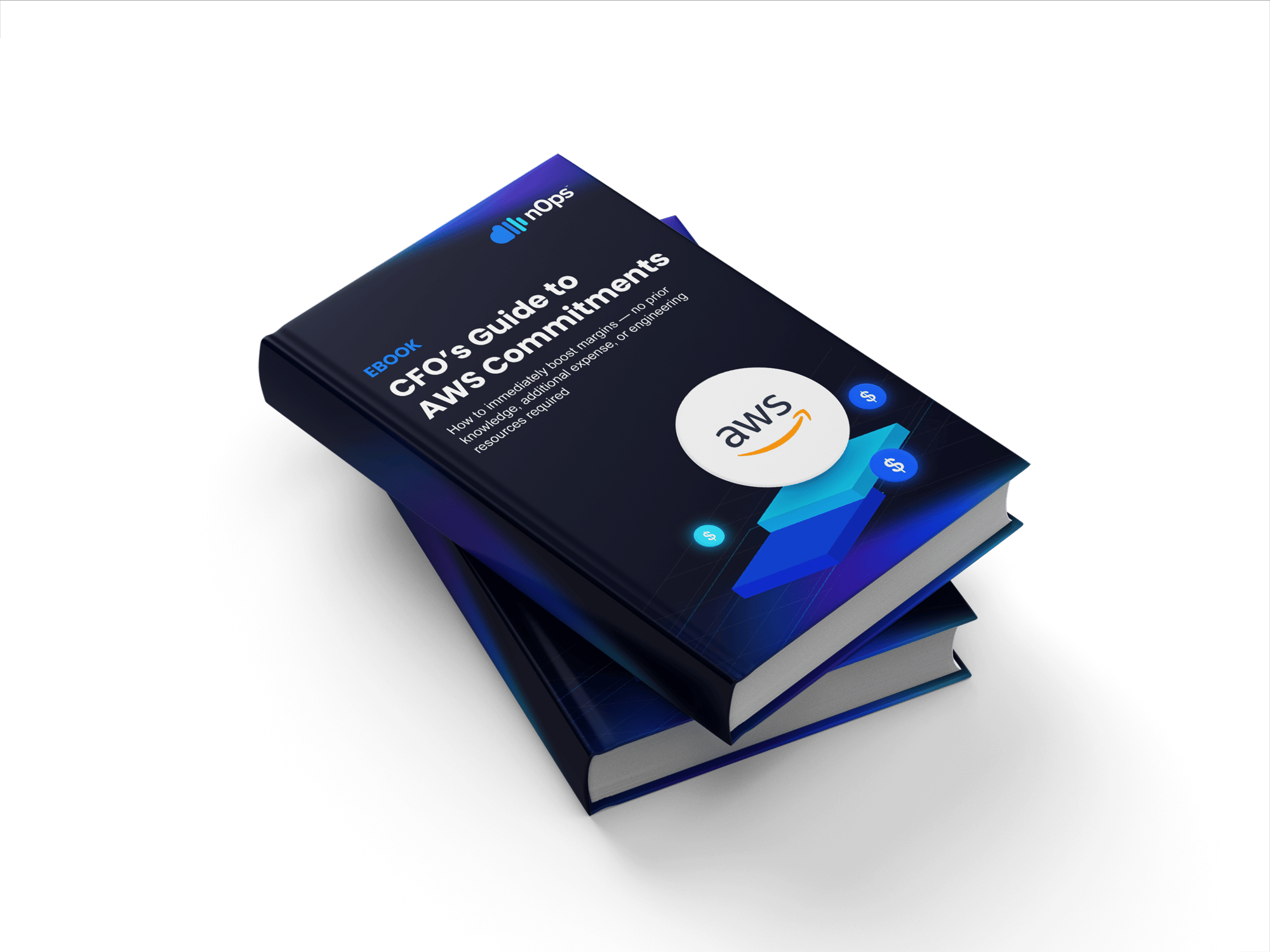Multi-cloud is the process of distributing cloud assets across numerous cloud providers. It involves combining multiple cloud vendors to achieve business efficiency, optimal costs, and higher flexibility.
MSPs that use multi-cloud leverage two or more cloud providers for deployments. Your MSP can choose the cloud provider based on factors such as technical requirements, costs, geographical availability, and more.
With multi-cloud, you can explore various approaches, i.e., use Amazon AWS to build workloads, Microsoft Azure for testing and development, and GCP for analytics. Keep in mind this is a simple description of multi-cloud deployment.
What is the Difference between Multi-Cloud and Hybrid Cloud?
The difference between multi-cloud and hybrid cloud is the nature of infrastructure. Multi-cloud consists the use of multiple cloud platforms for deployments. Hybrid cloud involves the combination of single or multiple cloud deployments with on-premise infrastructure.
An MSP that deploys resources on multiple cloud resources is multi-cloud. In the event that it deploys resources on an on-premise data center, then it’s doing both hybrid and multi-cloud. Therefore MSPs pursuing hybrid clouds have workloads split between the cloud and an on-premise data center.
What are the Benefits of Adopting a Multi-Cloud Strategy?
The capability to distribute resources provides organizations with numerous benefits. The benefits of multi-cloud are:
Flexibility to Choose Cloud Services
Multi-cloud provides you with a wide variety of options. You can choose resources from different providers to enhance your service delivery, which allows teams to operate competitively as they can choose the services that work best for them.
Reduced Vulnerability to Outages and Unplanned Downtime
Advanced Security
How do you Manage Multi-Cloud Environments?
Bottom Line
This shift to multi-cloud brings flexibility—but also operational chaos, hidden costs, and steep learning curves.
That’s where platforms like nOps come in. While each cloud provider has its own cost tools, none give you a unified view across environments. nOps pulls in cost and usage data from AWS, Azure, GCP, Kubernetes, and even SaaS platforms—then normalizes it into a single, business-friendly view. Whether you’re trying to understand container spend in EKS, compare compute costs across providers, or allocate multicloud usage by team or feature, nOps makes it easy to see and act on what’s really driving cloud costs.
nOps was recently ranked #1 with five stars in G2’s cloud cost management category, and we optimize $2+ billion in cloud spend for our customers.
Join our customers using nOps to understand your cloud costs and leverage automation with complete confidence by booking a demo with one of our multicloud experts.




